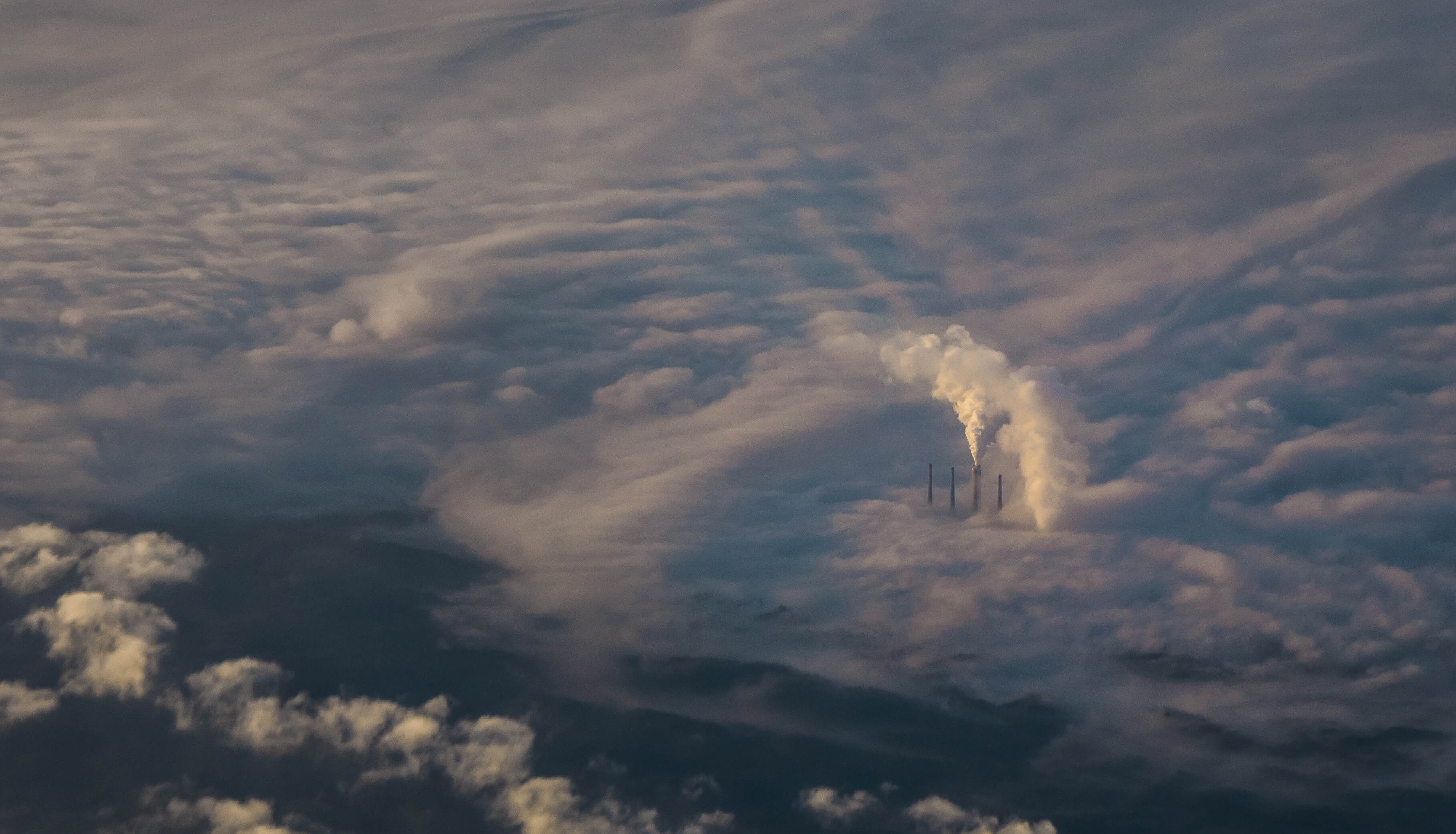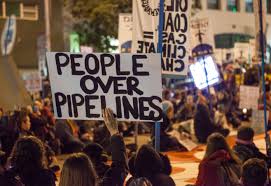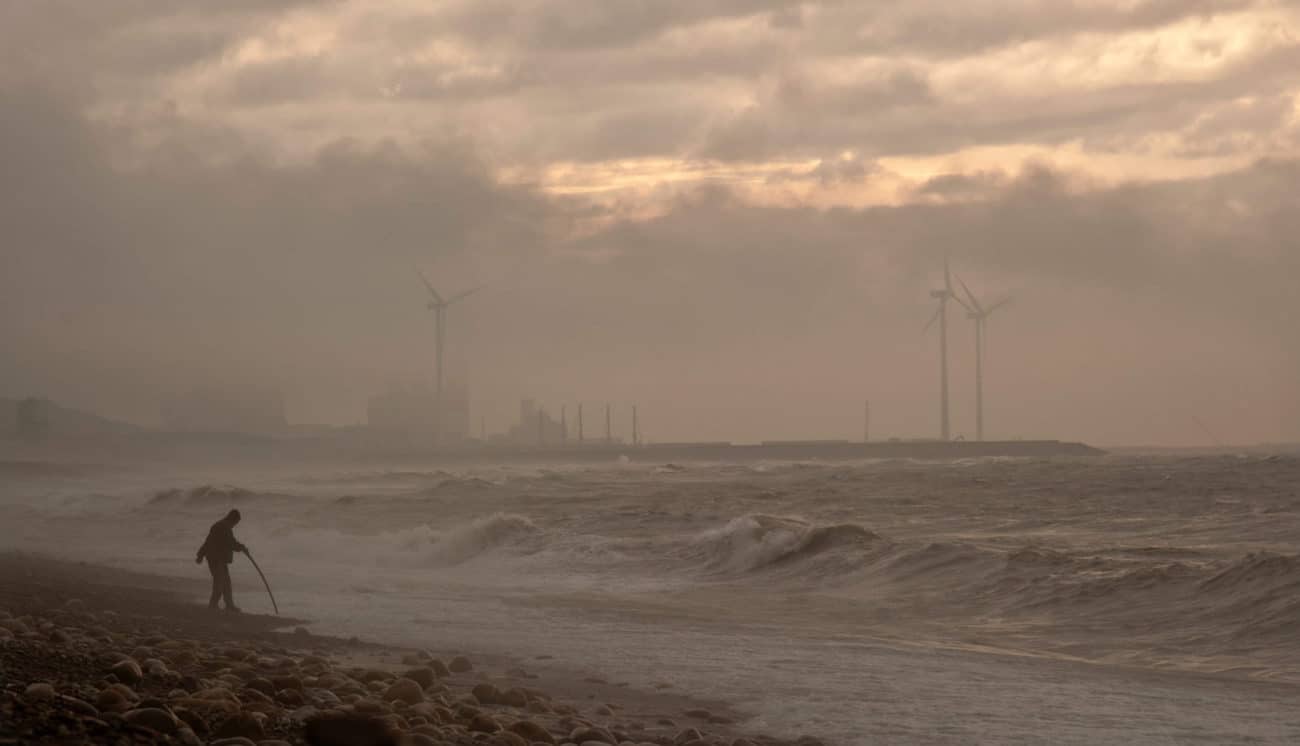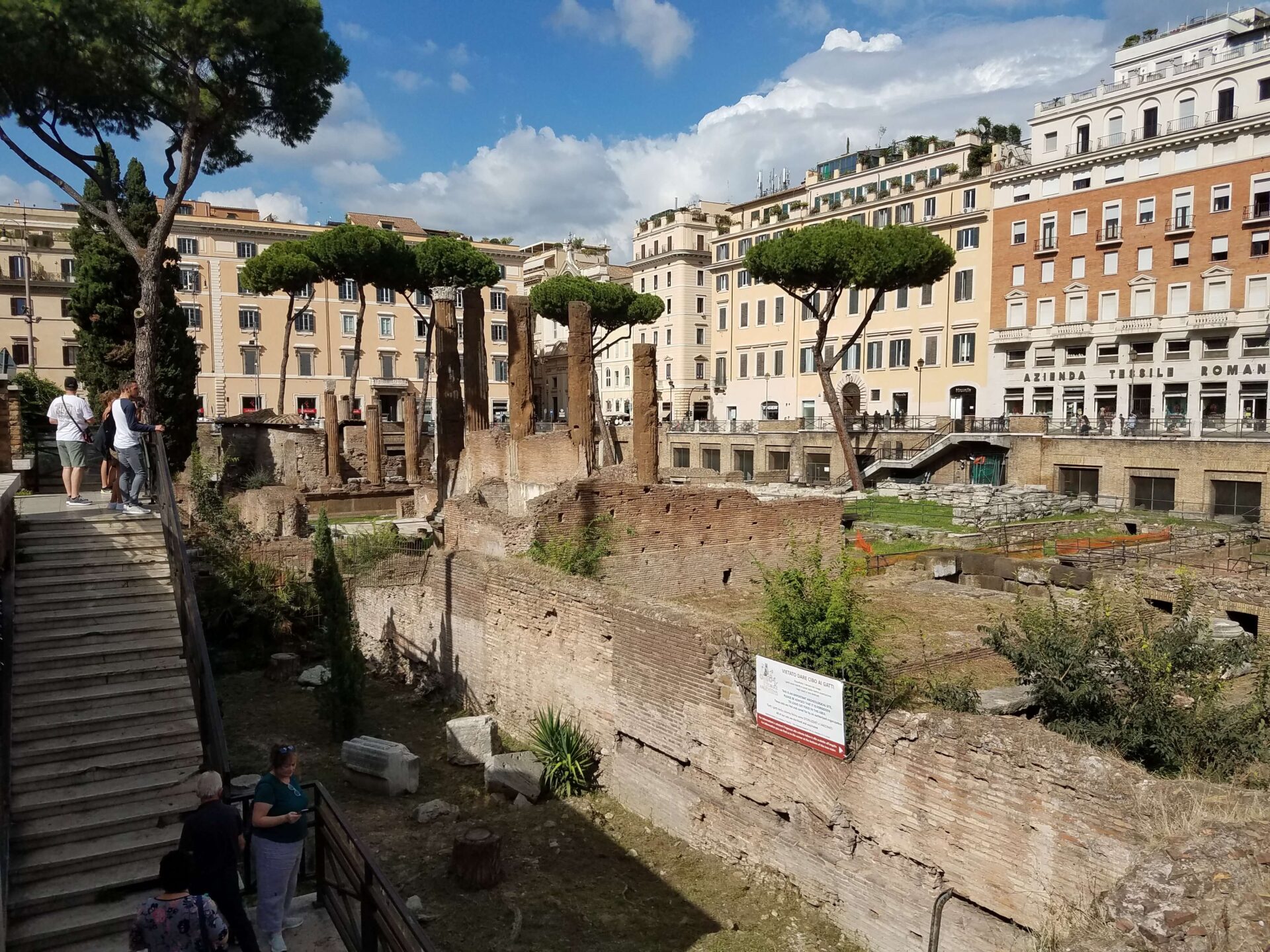- The Meaning of Critical Thinking: A Key Skill for Navigating Today’s Information Landscape - November 3, 2025
- Grandparents Can Develop Activist Grandchildren - September 29, 2025
- Top Six Reasons Credit Union Benefits Are a Smart Choice Over Banks - August 18, 2025
Last Updated on October 23, 2024
Would the Flint water crisis have occurred in a mostly white middle-class neighborhood? Probably not. Flint is economically depressed, and the disaster happened as a result of the state change to a cheaper source of water. The city was vulnerable because of aging structures, which resulted in lead leaching into the pipes. Officials’ responses to the crisis were slow. Finally, some tried to cover-up the health issues.
Learning about the Flint water crisis led me to find out more about environmental injustice.
Environmental Justice
Environmental justice is a mixture of environmentalism and social justice. It focuses on fair treatment, such as where companies place coal plants. Injustice means toxins and chemicals hit some communities harder than others.
Why does environmental injustice happen?
The first reason for environmental injustice is poverty. Companies that handle or produce toxins know residents will challenge them when they locate a facility. They bet that some communities will be less likely to have the resources to challenge them.
For example, poor communities in Appalachia must deal with the impact of mountaintop mining. In the past, traditional mining has been a source of high-paying jobs. Towns had to balance the tradeoffs of mining against the jobs that support their families. Now, though, mountaintop mining requires fewer jobs and has more impact on the environment.
Outside of the United States, our use of fossil fuels is a problem for indigenous communities of Saami, Inuits, and Aborigines, even though they don’t contribute to the problem. As the global temperature increases, indigenous communities lose their homes and livelihoods.
Secondly, race is a factor in environmental injustice. The United Church of Christ published a landmark report in 1987 called Toxic Wastes and Race in the United States. Race was the number one factor in where companies place hazardous waste facilities.
“Racial and ethnic communities have been and continue to be beset by poverty, unemployment, and problems related to poor housing, education and health. These communities cannot afford the luxury of being primarily concerned about the quality of their environment when confronted by a plethora of pressing problems related to their day-to-day survival.” -Toxic Wastes and Race in the United States

When the United Church of Christ followed up 20 years later, they found nothing had changed. Race was still the best predictor of toxin exposure.
What can we do?
Choose the method of activism that best matches your passions and gifts. If the environment is your passion, here are examples of ways that you can make a difference.
Educate yourself about your neighborhood
Advocacy and education are about helping others understand the issues. But start with what you need to know about your community. Ask questions. Clean-up is much more costly than fixing problems before they get worse. Pay attention to your home, school, workplace, and neighborhood. What does your community need?
Lobby Your Elected Officials
Lobbying is a useful tool for influencing elected officials. Schedule a meeting with your elected official, bring neighbors, and explain your concerns about your neighborhood. Write letters. Go to official meetings. Make your voice heard.
Protest, Organizing, and Civil Disobedience

Pipeline protests, such as the attempt to block the Dakota Access Pipeline, are examples of protests against environmental injustice.
In a creative form of civil disobedience, teenager Greta Thunberg started a school strike in front of the Swedish Parliament and inspired millions of kids to fight against global warming. Recently, kids inspired by Thunberg skipped school and took to the streets to protest the government’s lack of action.
Swedish women successfully organized against DDT, resulting in Sweden being the first country to ban the pesticide. Cesar Chavez and Dolores Huerta organized the farmworkers union, in part to protect workers from pesticides. The company made workers stay in the fields while planes dusted the crops.
[Like their results? Start here]
Legal Action
You can take legal action against environmental injustice in several ways. For example, lawsuits can be filed citing the Fourteenth Amendment’s Equal Protection Clause.

Twenty-one kids, including the eldest, Kelsey Juliana, are suing the United States for civil rights violations in the lawsuit Juliana v. United States. They believe by not reducing fossil fuel emissions, the government endangered their future.
Similarly, the Standing Rock Sioux Tribe used legal action as one of their activism tools. They sued the Army Corps of Engineers under several Acts that require review when the government wants to take land that has historical or cultural significance. The pipeline ran through a tribal burial ground.
Finally, Canadian artist Peter von Tiesenhausen copyrighted his land as a piece of art to prevent a natural gas pipeline from running across his land.
Is there something awful in your backyard?
Environmental justice means fair treatment for all and a focus on a pristine, healthy planet. The breadth of the work to be done means activists can choose among a variety of targets for their activism and to match their strengths to several activism methods.
Learn about Little Miss Flint’s activism for Flint, Michigan.
Is the environment the cause closest to your heart?
[Like what you’ve read? Follow the blog so you don’t miss any content.]
READ NEXT
Activism Across the Political Spectrum: How to Influence Your Elected Officials Successfully
Margaret Renkl’s “The Comfort of Crows” Is a Call to Action for the Earth
Learn more about Getting Started in Activism.
- Focus your passion and find the cause closest to your heart among the myriad of causes.
- Match your skills with the type of activism work that best suits you.
- Find an activism opportunity that works for your life.
- Determine if your social justice work truly makes an impact.
- Stay motivated in your activism for the long-term.




Pingback: Kids Take Legal Action to Protect Their Future
Thank you for these very helpful tips. We all should be concerned about environmental injustice. I appreciate your suggestions for protest, legal actions, and civil disobedience.
Thanks for supporting environmental justice, Laurie. I agree with you – we should all care, even if the problem isn’t in our backyard.
Pingback: Monday InLinkz Join us at 160 Senior Salon • Esme Salon
Pingback: How an Innovative Artist Blocked a Pipeline Challenge with Copyright Law
Pingback: Why You Should Celebrate World Vegan Day Even if You Eat Meat
Pingback: Eye-Opening Ways Nature's Sounds, Smells, and Sights Can Heal You
Pingback: Sustainable Diets: How To Make a Difference for the Planet